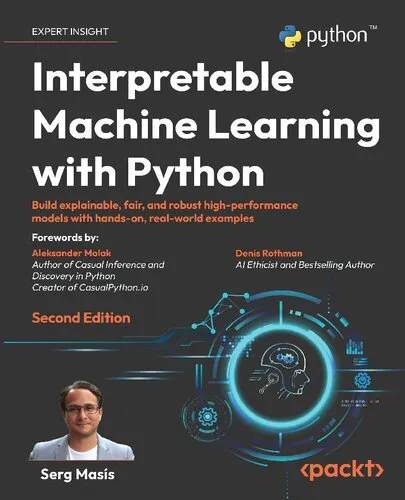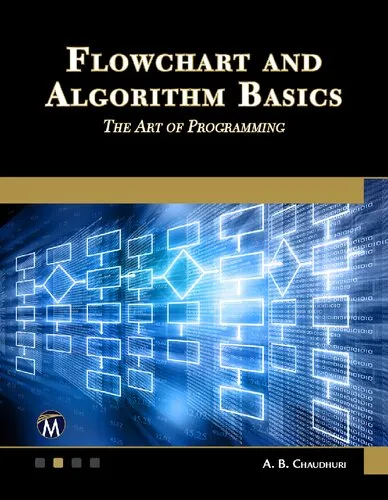An Introduction to Numerical Analysis
4.4
Reviews from our users

You Can Ask your questions from this book's AI after Login
Each download or ask from book AI costs 2 points. To earn more free points, please visit the Points Guide Page and complete some valuable actions.Related Refrences:
An Introduction to Numerical Analysis
Welcome to "An Introduction to Numerical Analysis", a comprehensive guide crafted to present the foundational techniques, principles, and applications of numerical methods. Written by Endre Süli and David F. Mayers, this book is an essential resource for undergraduate and graduate students in mathematical sciences, engineering, and computational disciplines. It combines theoretical rigor, practical problem-solving strategies, and step-by-step algorithms that anchor numerical analysis as an indispensable part of modern scientific inquiry.
Detailed Summary of the Book
The book tackles the core challenges of numerical computation with care, offering a solid foundation in mathematical principles while illustrating their relevance in computational practices. By building a bridge between abstract theoretical analysis and real-world computations, Süli and Mayers emphasize the development of both mathematical rigor and practical understanding.
The text covers a variety of key topics, including polynomial interpolation, numerical integration, approximation techniques, nonlinear equations, iterative methods for solving systems of equations, eigenvalue problems, and more. Each chapter is meticulously structured, beginning with a thorough explanation of the mathematical foundations before moving on to algorithm derivations and practical examples.
What sets this book apart is its balanced approach: it ensures that readers grasp the theory behind numerical methods while also equipping them with the tools to implement these methods effectively. The authors also highlight common pitfalls and errors encountered in numerical computations, teaching readers how to analyze and mitigate such issues.
By the end of the text, readers will have developed an appreciation for the synergy between mathematics and computation and will be well-prepared to tackle complex computational problems in scientific and engineering contexts.
Key Takeaways
- Blend of theory and practice: The book provides a deep understanding of mathematical algorithms and their computational implementations.
- Problem-solving techniques: Learn practical, step-by-step methods for addressing numerical challenges in various fields of study.
- Error analysis: Gain insights into the sources and consequences of errors in numerical computations and strategies for minimizing them.
- Wide range of topics: From interpolation and iteration to eigenvalues and optimization, the book covers an extensive array of fundamental concepts.
- Rigorous yet accessible: The lucid exposition combines depth with an approach tailored for students new to numerical analysis.
Famous Quotes from the Book
"Scientific computing does not replace mathematics; it enhances it. Numerical analysis is the mathematical bridge connecting the abstract to the tangible."
"Approximation is at the heart of numerical analysis. Understanding the limits of approximation helps us master the infinite with finite means."
"Errors are inevitable in numerical computation, but understanding their nature transforms them from obstacles to tools for refinement."
Why This Book Matters
In a world increasingly reliant on computational technology, a robust understanding of numerical analysis is more important than ever. Virtually every field that employs mathematical modeling—from physics and engineering to data science and economics—depends on the techniques and methodologies discussed in this book.
"An Introduction to Numerical Analysis" stands out due to its pedagogical clarity and depth. It empowers readers not only to execute numerical methods but also to understand the underlying mathematical framework, enabling them to innovate and adapt these techniques for new challenges. By fostering both analytical thinking and computational proficiency, the book facilitates the development of a skill set that is as timeless as it is versatile.
This book matters because it demystifies what can often seem like an abstract and inaccessible domain. Whether you're a student seeking to master numerical techniques, an educator looking for a well-structured resource, or a professional striving to deepen your understanding of scientific computing, this text is an invaluable guide. Its enduring relevance is a testament to its authors’ ability to distill complex concepts into a structured and approachable format, making it a cornerstone in the field of numerical analysis.
Free Direct Download
You Can Download this book after Login
Accessing books through legal platforms and public libraries not only supports the rights of authors and publishers but also contributes to the sustainability of reading culture. Before downloading, please take a moment to consider these options.
Find this book on other platforms:
WorldCat helps you find books in libraries worldwide.
See ratings, reviews, and discussions on Goodreads.
Find and buy rare or used books on AbeBooks.
1207
بازدید4.4
امتیاز0
نظر98%
رضایتReviews:
4.4
Based on 0 users review
Questions & Answers
Ask questions about this book or help others by answering
No questions yet. Be the first to ask!
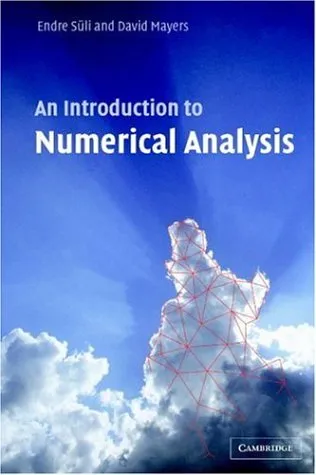

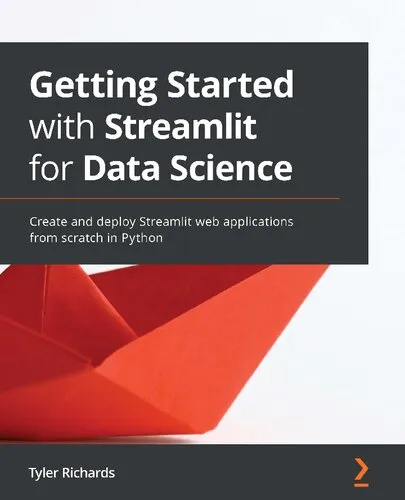
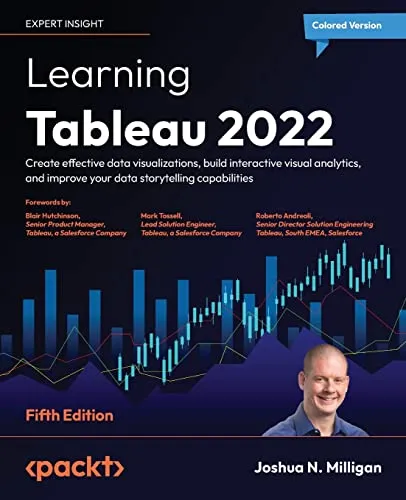


![The Ultimate iOS Interview Playbook: Conquer Swift, frameworks, design patterns, and app architecture [Team-IRA]](https://s3.refhub.ir/images/thumb/The_Ultimate_iOS_Interview_Playbook__Conquer__29925.webp)

